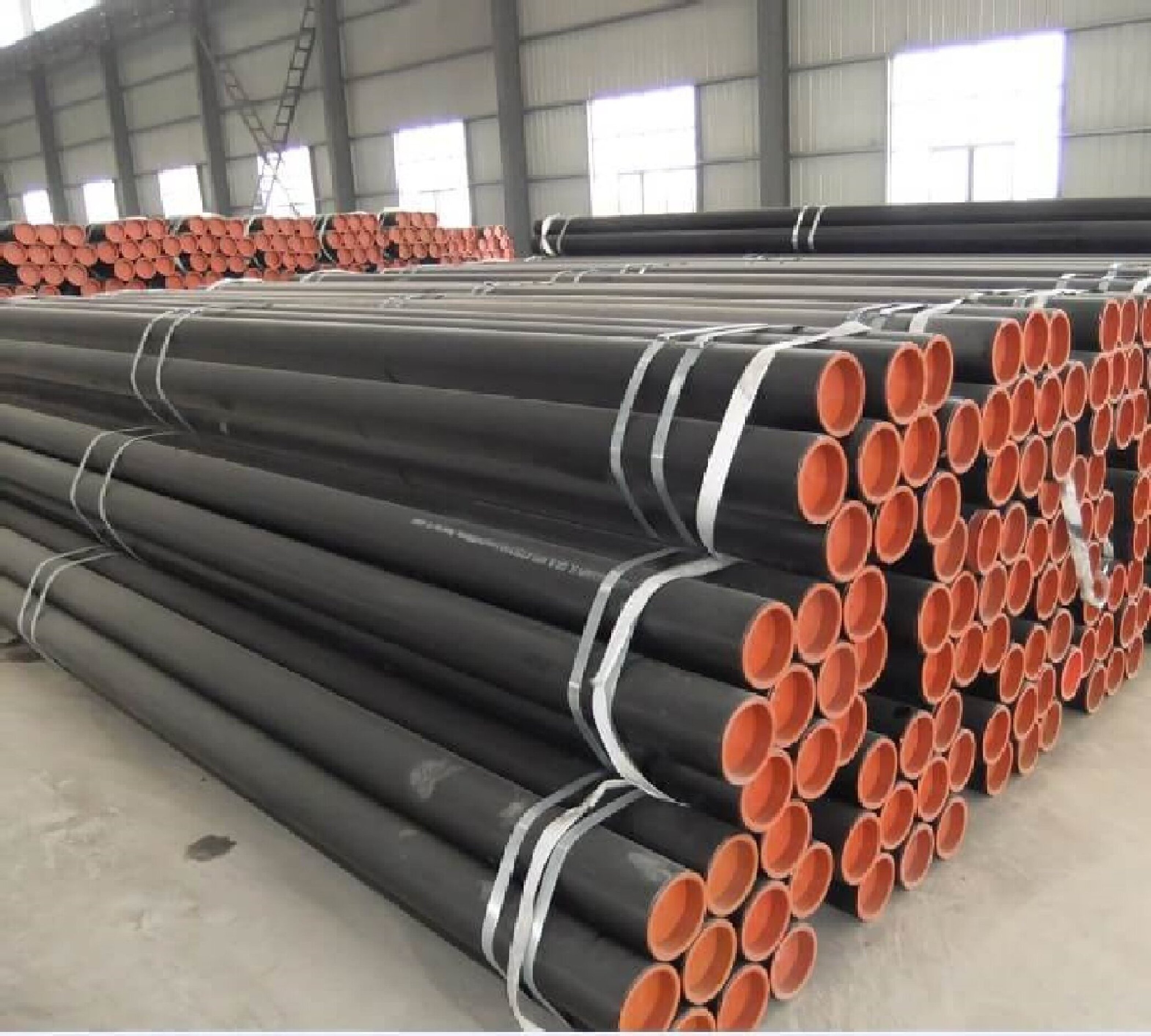-
Cangzhou Yulong Steel Co., Ltd.
-
Phone:
+86 13303177267 -
Email:
admin@ylsteelfittings.com
- English
- Arabic
- Italian
- Spanish
- Portuguese
- German
- kazakh
- Persian
- Greek
- French
- Russian
- Polish
- Thai
- Indonesian
- Vietnamese
- Zulu
- Korean
- Uzbek
- Hindi
- Serbian
- Malay
- Ukrainian
- Gujarati
- Haitian Creole
- hausa
- hawaiian
- Hebrew
- Miao
- Hungarian
- Icelandic
- igbo
- irish
- Japanese
- Javanese
- Kannada
- Khmer
- Rwandese
- Afrikaans
- Albanian
- Amharic
- Armenian
- Azerbaijani
- Basque
- Belarusian
- Bengali
- Bosnian
- Bulgarian
- Catalan
- Cebuano
- China
- China (Taiwan)
- Corsican
- Croatian
- Czech
- Danish
- Esperanto
- Estonian
- Finnish
- Frisian
- Galician
- Georgian
- Kurdish
- Kyrgyz
- Lao
- Latin
- Latvian
- Lithuanian
- Luxembourgish
- Macedonian
- Malgashi
- Malayalam
- Maltese
- Maori
- Marathi
- Mongolian
- Myanmar
- Nepali
- Norwegian
- Norwegian
- Occitan
- Pashto
- Dutch
- Punjabi
- Romanian
- Samoan
- Scottish Gaelic
- Sesotho
- Shona
- Sindhi
- Sinhala
- Slovak
- Slovenian
- Somali
- Sundanese
- Swahili
- Swedish
- Tagalog
- Tajik
- Tamil
- Tatar
- Telugu
- Turkish
- Turkmen
- Urdu
- Uighur
- Welsh
- Bantu
- Yiddish
- Yoruba

okt . 13, 2024 02:23 Back to list
Understanding Hose Flanges and Their Applications in Fluid Connections and Systems
Understanding Hose Flanges Essential Components in Fluid Transfer Systems
In the world of fluid transfer systems, the importance of reliable connections cannot be overstated. One such critical component that often goes overlooked is the hose flange. Hose flanges play a vital role in ensuring secure and leak-free connections in various applications, ranging from industrial settings to automotive uses. This article delves into the significance, types, and applications of hose flanges, providing a comprehensive understanding of this essential component.
What is a Hose Flange?
A hose flange is a mechanical device designed to create a tight seal between two hoses or pipes. It typically consists of a flat piece with holes for bolting and a raised area (the flange) that allows for a secure connection. Hose flanges can be attached at the end of a hose or pipe, facilitating easy attachment and detachment. They are commonly made from materials such as stainless steel, plastic, or rubber, depending on the application's requirements, including pressure ratings and fluid compatibility.
Types of Hose Flanges
Hose flanges come in various types, each suited for specific applications
1. Fixed Flanges These flanges are permanently attached to the hose or pipe. They are ideal for applications where a stable connection is necessary.
2. Swivel Flanges These provide enhanced flexibility by allowing the hose to rotate. This feature is particularly beneficial in situations where the hose may experience movement or vibration.
3. Blind Flanges Used primarily to seal off ends of pipes, blind flanges do not have a hole for bolting. They provide a strong closure for system components that are not in use.
4. Slip-On Flanges These flanges fit over the end of a pipe and are welded in place. They are easy to install and are commonly used in various piping systems.
5. Lap Joint Flanges Designed for use with a specific type of pipe, these flanges are versatile and allow for easy disassembly, making maintenance simpler.
Importance of Hose Flanges in Fluid Transfer Systems
Hose flanges serve several crucial functions in fluid transfer systems
hose flange

- Leak Prevention One of the primary roles of hose flanges is to prevent leaks
. A well-designed flange ensures that fluids remain contained within the system, reducing the risk of spills and environmental hazards.- Ease of Maintenance Flanges allow for easy disconnection of hoses or pipes. This feature is vital when maintenance or cleaning is necessary, ensuring that systems can be serviced without complete disassembly.
- Adjustability Many hose flanges, particularly swivel types, offer adjustable angles, facilitating connections in tight spaces or complex layouts.
- Versatile Applications Hose flanges are used across various industries, including oil and gas, manufacturing, agriculture, and more. Their adaptability makes them suitable for high-pressure, high-temperature, and corrosive environments.
Proper Installation and Maintenance
To ensure optimal performance, proper installation and maintenance of hose flanges are essential. Here are some tips
- Alignment Before securing a hose flange, ensure that both flanges are correctly aligned. Misalignment can lead to uneven pressure distribution and potential leakage.
- Torque Specifications Adhere to manufacturer-recommended torque specifications when tightening bolts. Over-tightening can damage the flange, while under-tightening may result in leaks.
- Regular Inspections Regularly inspect hose flanges for signs of wear, corrosion, or damage. Promptly addressing any issues can prevent system failures and enhance longevity.
- Use Compatible Materials When selecting hose flanges, ensure the materials are compatible with the fluids they will encounter. This precaution minimizes the risk of chemical reactions, degradation, or failures.
Conclusion
In conclusion, hose flanges are integral components in fluid transfer systems, providing secure connections and preventing leaks. By understanding the various types of flanges and their applications, industries can optimize their systems for safety and efficiency. Proper installation and regular maintenance further enhance performance, ensuring that these essential components function effectively in diverse environments. As industries continue to evolve, the significance of hose flanges will only continue to grow, highlighting the need for reliable and innovative solutions in fluid management.
Latest news
-
ANSI 150P SS304 SO FLANGE
NewsFeb.14,2025
-
ASTM A333GR6 STEEL PIPE
NewsJan.20,2025
-
ANSI B16.5 WELDING NECK FLANGE
NewsJan.15,2026
-
ANSI B16.5 SLIP-ON FLANGE
NewsApr.19,2024
-
SABS 1123 FLANGE
NewsJan.15,2025
-
DIN86044 PLATE FLANGE
NewsApr.19,2024
-
DIN2527 BLIND FLANGE
NewsApr.12,2024
-
JIS B2311 Butt-Welding Fittings LR/SR 45°/90° /180°Seamless/Weld
NewsApr.23,2024











